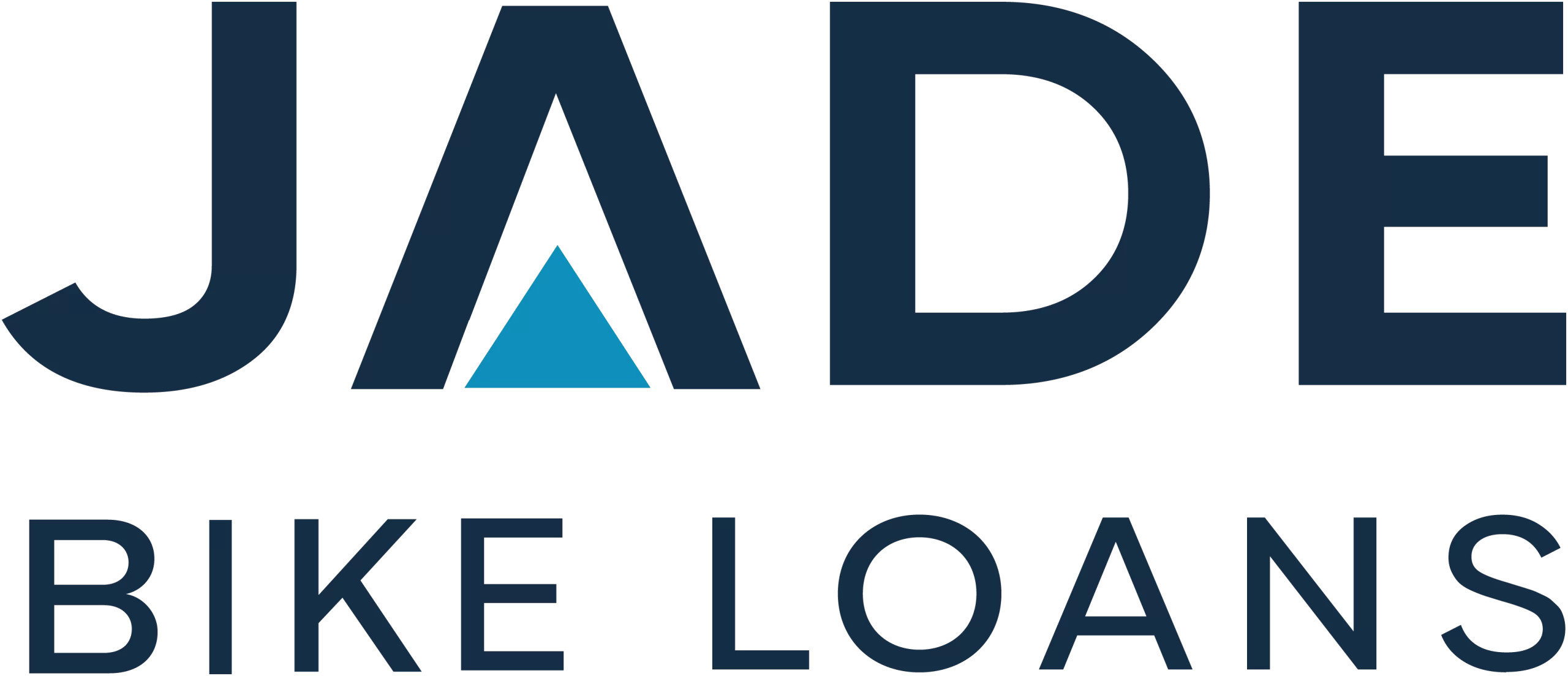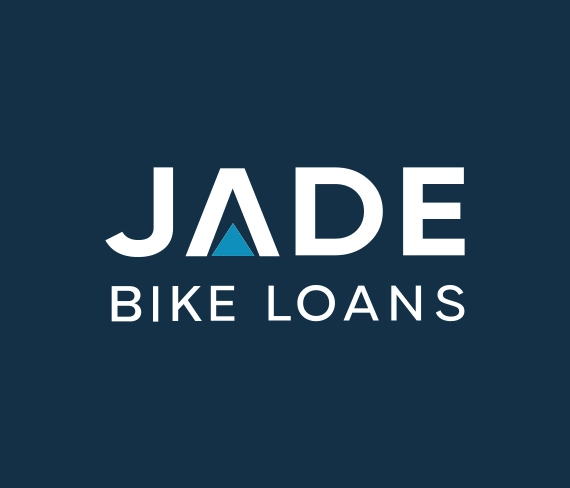The current historic low-interest rate scenario has been a great motivator for many riders to upgrade their motorbike to a newer, bigger, bolder model or add to their collection with an exciting rare collectible or a ‘why not’ extra motorcycle. The low rates have also made it more affordable for new riders to enter the market with their first bike. While deciding it’s great to have access to cheap motorbike loans to make ownership an affordable reality, the process of taking on finance involves consideration of many factors.
One aspect of a bike loan that perhaps does not get as much attention as say the interest rate is the loan term. In this article, we’re laying out some of the basic considerations about loan terms that loan applicants should give thought to when discussing their loan preferences with our Jade consultants.
The Long and Short of It
The loan term is the length of time over which the loan is to be repaid. The loan term is different from any ‘terms’ as in terms and conditions which a lender may apply to a particular loan. The loan term may be represented in years or in months. Loan terms on motorbike loans may be as long as 7 years. An average may be around 4-5 years, 48-60 months.
In many cases, loan applicants can nominate their preferred loan term and in some cases, the lender will have some say in it. When assessing a loan application, lenders will take into account many aspects of the applicant’s profile as well as the value, age and condition of the motorbike as well as the loan amount being requested.
If a lender does not agree to the loan term that an applicant has requested, the applicant can of course apply to another lender. One of the many advantages of using Jade Bike Loans as your lender is that we are accredited with many banks and lenders so we do all that hard work for you. We work in your best interests and seek out the cheapest deal as well as the lender that best meets our customer requirements. We negotiate with lenders on behalf of our customers for both the preferred loan term and the most favourable terms and conditions in addition to achieving the cheapest rate motorbike loan.
While it can of course be tempting just to opt for the longest possible time to pay off the loan that may not always be the most astute decision.
The loan term in conjunction with the loan amount and the interest rate determine the repayments. The longer the loan term, the lower the monthly repayments. The shorter the loan term, the higher the monthly repayments.
The longer the loan term the further out it will be before you clear the debt and own the bike outright. The shorter the loan term, the sooner you will own the motorcycle and be clear of the debt.
Decisions in those aspects will be dependent on individual financial objectives. If you are planning to apply for other finance or loans over the term of your bike loan, your existing motorcycle loan may impact the offer you are made on additional loans.
Total Interest Payable On Your Motorbike Loan
Interest on consumer finance which includes personal motorcycle loans is calculated on a daily basis and charged to the loan on a monthly basis. So the longer the loan term the more total interest you will pay over the full term of the loan.
The shorter the loan term, the less interest in total payable. With higher repayments for a shorter term but more total interest, it could be seen as a ‘short term pain for long term gain’ situation!
To get a better idea of the monthly repayments, use our Motorcycle Interest Rate Tool to compare the best deal across banks and lenders Australia-wide.
Consider How Long You Will Own The Bike
One aspect in deciding on loan terms that may slip under the radar is giving thought to how long you intend to keep that particular motorcycle. For example, if you usually like to upgrade your bike every 4 years, taking on a motorbike loan over 5 or 6 years will mean you would be selling or trading in prior to the end of the loan term.
When a motorbike is sold or trade-in while money is still owing on a loan it is known as ‘selling under finance’. It’s quite OK and legal but involves certain steps and yes, considerations!
If a loan holder sells before the end of the fixed loan term, break fees will apply. This is a fee charged by the lender for essentially breaking the loan contract. Break fees are charged on consumer loans on a pro-rata basis. As consumer finance is governed by ASIC, break fees follow a set process, they are set as so much per loan, typically $600-$900 per loan. The fee is then worked out based on how much of the loan is outstanding and how many months. It can be seen as a minimal fee but should be added in as a cost.
When ending a loan before the fixed term by saying selling, the loan holder will need to finalise all outstanding monies before being able to hand over ownership to the new buyer. The lender will have registered their interest in the bike as security against the finance on the PPSR. When the loan has finalised the listing on the PPSR is released.
So if you like to upgrade every few years, it can be cost-savings to choose a loan term that is in line with your own selling preferences.
Working out the Difference With Bike Loan Calculator
Our Bike Loan Calculator is a great tool for assisting buyers to decide what loan term would be most appropriate for their purchase. Enter the loan amount and the interest rate, then vary the loan term to see how that change affects the estimated repayment displayed.
Your Jade Bike Loans consultant will assist you in structuring a loan to meet your requirements, but having a good handle on the impacts of the loan term upfront can be extremely beneficial.
For a quote on a loan, call 1300 000 003 today
DISCLAIMER: IN REGARD TO ANY ERRORS OR MISREPRESENTATIONS IN THIS MATERIAL, NO LIABILITY IS ACCEPTED. THE DETAILS, CONTENT AND DATA ARE PRESENTED PURELY FOR GENERAL INFORMATIONAL PURPOSES FOR MOTORBIKE BUYERS AND THOSE SEEKING MOTORCYCLE LOANS. THIS IS NOT INENDED AS THE SOLE SOURCE OF INFORMATION FOR FINANCIAL DECISIONS. IF SPECIFIC ADVICE IS REQUIRED AROUND FINANCIAL DECISIONS, READERS SHOULD SEEK THEIR OWN FINANCIAL ADVISOR.


 " alt="">
" alt="">